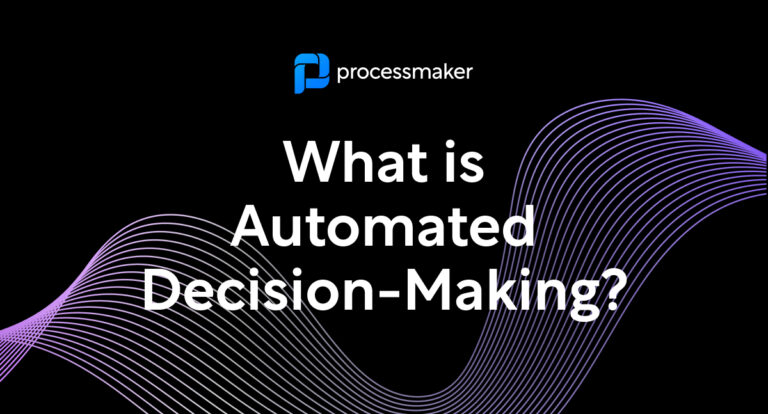Workforce Revolution
We are embarking on a new era that may prove as disruptive as the industrial revolution. As a result, the way and reasons we work are changing and technology is a primary enabler to the shift to a liquid workforce. Adding collaboration tools and cloud-based workflows to the mix empowers all types of staff to work anywhere at any time.
What is Liquid Workforce?
The liquid workforce comprises of both traditional employees and a variety of non-employee workers. Non-employee works might include temporary workers, independent contractors, consultants, freelance, and outsourced staff. Non-human workers also comprise the liquid workforce. Robots, drones, cognitive computing applications can all contribute some work in lieu of an actual human being. By having a liquid workforce component, companies can find the right combination of internal employees, freelancers, and technologies.
Social Factors are Supportive
In its 2025 Workforce Report, Randstad estimates that up to half of the workforce will be agile within a few years. Millennials who grew up with workaholic parents in the 1980s and 1990s appreciate work-life balance. Therefore, they aren’t willing to compromise as much as their parents’ generation. Already, about 38% of workers stay they are more comfortable working as an independent contractor rather than a full-time employee. The top three reasons the report cites for this trend is that individuals are motivated by the flexibility of hours, more control over their career and desire to pursue passions that being an independent contractor affords.
Why a Liquid Workforce?
Fluidity in the workforce allows companies to focus on workplace innovation. When this occurs, people become their strategic differentiators. A liquid workforce allows companies to optimize their competitive performance. For example, extra help allows them to react to fluctuations in the market. Traditionally, retailers hire additional hands to handle the high short-term demand for the holiday seasons. This benefits the company for having to only pay for additional help during its busiest periods, which optimizes its competitive performance and balances labor costs.
Companies that use this newer liquid workforce may also elect to bring in experts for specific development projects or project launches. Through the use of technology and collaboration tools, these liquid employees can now reside anywhere in the world.
Impacts
The time of these highly compensated consultants only extends to the term of the project, ensuring they won’t become a long-term expense to the payroll. In essence, the company is only utilizing talent for the project at hand. Consequently, this approach has the added bonus of allowing the expense of consultants to be capitalized against new product introduction as opposed to being considered sunk cost of labor expense. With more companies taking advantage of a wider variety of staffing options and more employees seeking flexibility in schedules, the lines between permanent and contingent staff are blurring.
Up Next
In our final installment of this blog series, the influence of intelligent automation in emerging market banking will be explored.





